- PRÉSENTATION DE L'EPhEP
- L'École
- Les enseignements
- Un Cursus Général, un Cursus Spécialisé
- Le Cursus Général et ses modalités de contrôle
- Le Cursus Spécialisé
- Les Modules de formation Théorique (MTh)
- Le Module de formation Pratique (MP)
- Obligations de volume horaire
- Le Stage Seul
- Le Practicum Seul
- Modalités de contrôle des connaissances du Cursus Spécialisé
- Les enseignants
- Inscriptions
- Politique qualité de l'EPhEP
- Exposé des motifs
- Introduction au travail de l'année
- Livret des Enseignements
- Édito
- Bibliothèque Recherches
- Les dossiers de l'EPhEP
- Cours et conférences : extraits
- Conférences récentes
- Théorie / concepts
- Psychopathologie des névroses
- Psychopathologie des psychoses
- Psychopathologie de l'enfant
- Psychopathologie de l'adolescent
- Questions féminines
- Cognitivisme
- Neurosciences
- Psychothérapie institutionnelle
- Linguistique - signifiant - discours
- Philosophie
- Logique et topologie
- Anthropologie
- Histoire
- Lien social - institutions
- Droit
- Vidéothèque
- Vidéos récentes
- Théorie / concepts
- Psychopathologie des névroses
- Psychopathologie des psychoses
- Psychopathologie de l'enfant
- Psychopathologie de l'adolescent
- Questions féminines
- Cognitivisme
- Neurosciences
- Psychothérapie institutionnelle
- systemie
- Linguistique - signifiant - discours
- Langue - lalangue - la lettre - littérature - arts
- Philosophie
- Anthropologie
- Logique - topologie
- Histoire
- Lien social - Institutions
- Droit
- Parutions
- Dialogues
Agenda
Journées
Actualités
ALI-Bretagne et Collège de Psychiatrie Paris
04/05/2024 - 09:30
Parutions
Claude Landman, Stéphane Thibierge

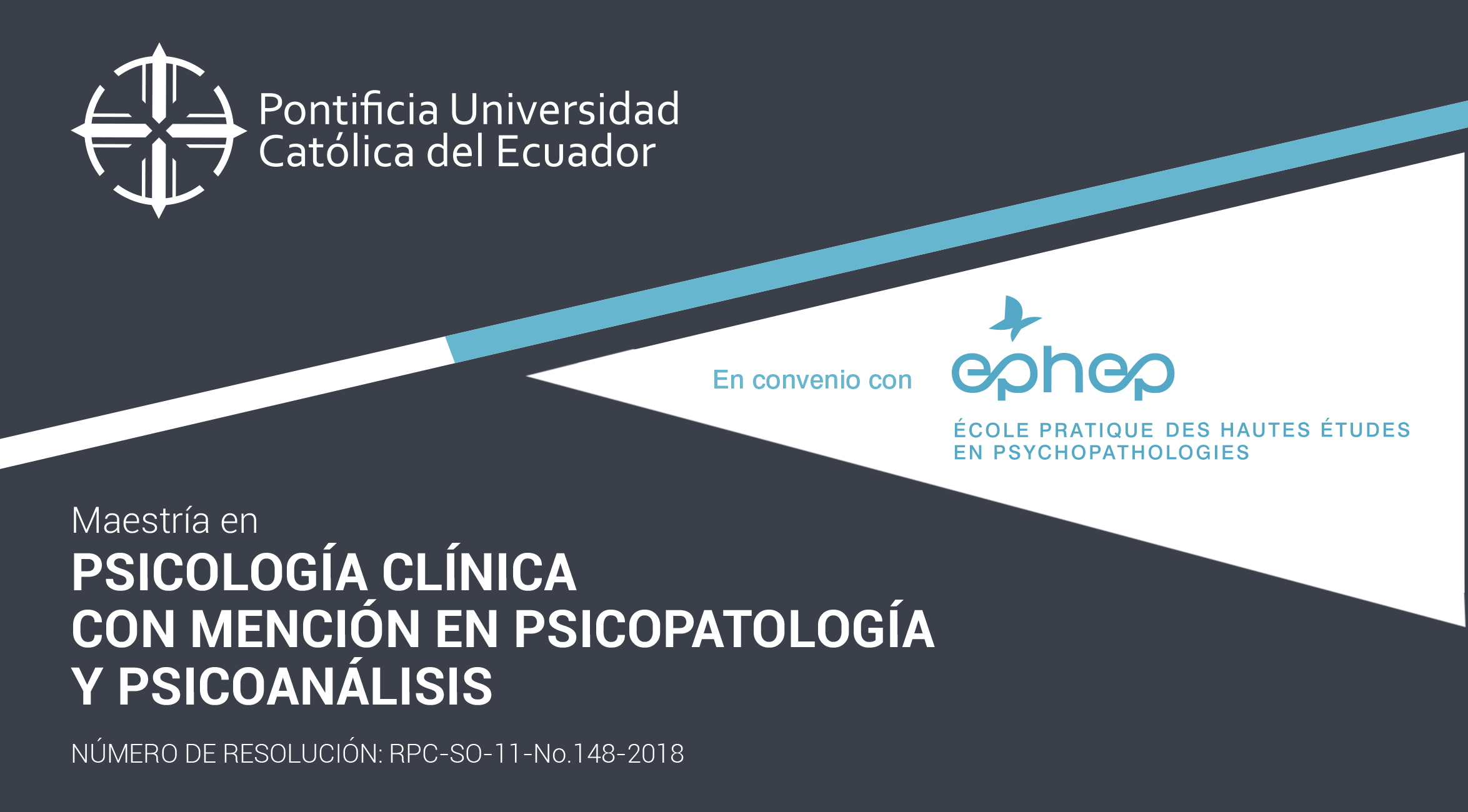
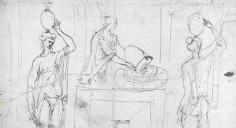

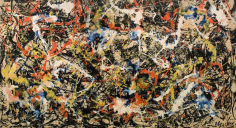
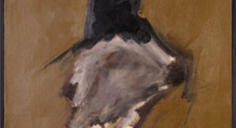
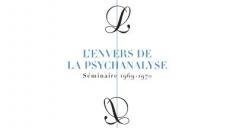

Freud’s case history Analysis of a Phobia in a Five-Year Old Boy[2] describes the course of illness and recovery of a phobia in a five-year old boy (Hans). It is based on the observation made by the boy’s father, who sent regular reports to Freud on the child’s development in response to the request made by Freud to his pupils and friends that they would collect observations of the sexual life of children. Hans’ parents were among Freud’s closest adherents.
While Freud laid down the general lines of the treatment and on one occasion had a conversation with the boy, the treatment itself was carried out by the child’s father.
Up until the publication of this case history, psychoanalysis had based its hypotheses about infantile sexuality being at the root of all the neurotic symptoms of later life on the observation of adult patients suffering from neurotic symptoms. In Freud’s words, this involves “a laborious process of uncovering the psychical formations, layer by layer”[3]. For Freud, the particular value of Little Hans’ case-history -and what it says about infantile sexuality- lies in the fact that it is based on the direct and first-hand observation of the sexual impulses and wishes in a child. In this sense, it offered Freud the opportunity to test the fundamental theorems which he set out five years earlier in his Three Essays on the Theory of Sexuality.[4] The purpose of this paper is to see how a number of themes and ideas which feature in the Little Hans had already been articulated by Freud in his Three Essays, and whether they are mutually consistent.
The first trait noted in Little Hans’ sexual life, when he was not quite three years old, was his lively interest in ‘widdlers’[5], which prompts him to ask his mother if she had a widdler too. At three and a half, his mother found Hans touching his penis with his hand, prompting her to threaten the child with calling a doctor to cut it off. Freud had already written about this in the Three Essays,[6] where we read:-
The anatomical situation of this region, the secretions in which it is bathed, the washing and rubbing to which it is subjected in the course of a child’s toilet, as well as accidental stimulation (such as movement of intestinal worms in the case of girls), make it inevitable that the pleasurable feeling which this part of the body is capable of producing should be noticed by children even during their earliest infancy, and should give rise to a need for its repetition.
Freud further refers to early infantile masturbation which, he says, “scarcely a single individual escapes”.
Little Hans’ interest in his widdler, Freud says, reflected a spirit of enquiry which allowed him to differentiate between animate and inanimate objects.[7] This idea of linking sexual researches of childhood and an instinct for knowledge was also addressed in the Three Essays, where we read:-
At about the same time as the sexual life of children reaches its first peak, between the ages of three and five, they also begin to show signs of the activity which may be ascribed to the instinct for knowledge or research. This instinct cannot be counted among the elementary instinctual components, nor can it be classed as exclusively belonging to sexuality. Its activity corresponds on the one hand to a sublimated manner of obtaining mastery, while on the other hand it makes use of the energy of scopophilia. Its relations to sexual life, however, are of particular importance, since we have learnt from psycho-analysis that the instinct for knowledge in children is attracted unexpectedly early and intensively to sexual problems and is in fact possibly first aroused by them.[8]
Freud notes indeed that Hans began to derive pleasure in looking (scopophilia), trying to get sight of other people’s widdlers. Later he liked to exhibit his own widdler, and in one of his dreams he expresses a wish that one of his little girl friends should assist him in widdling. This dream showed an until then unrepressed wish, in which in fact Hans had indulged. Freud also says that the active side of Hans’ sexual scopophilia became apparent in repeatedly expressing his regret that he had never yet seen his parents’ widdlers. He had a need for comparing his widdler to others.[9] The themes of scopophilia and exhibitionism are also addressed in the Three Essays:-
Visual impressions remain the most frequent pathway along which libidinal excitation is aroused; […] The progressive concealment of the body which goes along with civilization keeps sexual curiosity awake. This curiosity seeks to complete the sexual object by revealing its hidden parts.[10]
After noting that scopophilia can become a perversion and that the force which opposes it is shame”,[11] Freud also states:-
[…M]y researches into the early years of normal people, as well as of neurotic patients, force me to the conclusion that scopohilia can also appear in children as a spontaneous manifestion. Small children whose attention has once been drawn –as a rule by masturbation – to their own genitals usually take the further step without help from outside and develop a lively interest in the genitals of their playmates. [12]
In this sense, Little Hans’ scopophilic tendencies are typical of infantile sexual life.
According to Freud, Little Hans also displayed a keen interest and experienced pleasure in his genital zone, and in excretory pleasure. Hans had obtained this pleasure from his erotogenic zones with the help of his mother, and thus the pleasure already pointed the way to object-choice. It is also possible, however, Freud says, that at a still earlier date Hans had been giving himself this pleasure auto-erotically, by retaining his excreta till he could derive a voluptuous sensation from its evacuation.[13] This theme is also addressed in the Three Essays, where Freud describes how children obtain pleasure by holding back their stool till its accumulation brings about violent muscular contractions and, as it passes through the anus, is able to produce powerful stimulation of the mucous membrane, causing both painful and also highly pleasurable sensations.[14]
On the other hand, during Hans’ phobia, Freud states that there was an unmistakable repression of the two well-developed components of his sexual activity (mictuating and excretion): he was ashamed of micturating before other people, and showed disgust at ‘lumf’ and ‘widdle’, and everything reminded him of them.[15]
Hans’ sexual constitution did not appear to show a predisposition towards perversion. In relation to Hans’ homosexual impulses, Freud notes that he moved from homosexual inclinations to an energetic masculinity with traits of polygamy. His affection moved from his mother on to other objects of love, eventually finding his way to object-love in the usual manner from the care he had received when he was an infant.
In relation to homosexuality, Freud says in Little Hans that homosexuals are persons who, owing to the erotogenic importance of their own genitals, cannot do without a similar feature in their sexual object. In the course of their development from auto-erotism to object-love, they have remained at a point of fixation between the two. Homosexuality is not instinctual, but about object choice.[16] Is it only homosexuals who choose to fix their development between these two points? Is homosexuality essentially auto-erotic?
In the Three Essays Freud points out that we have mistakenly imagined the bond between instinct and object in sexual life as being more intimate than it really is.[17] A homosexual may have normal instincts, but he is unable to disengage them from a class of objects defined by a particular determinant. In his childhood a homosexual may able to behave like little Hans, who showed his affection to little boys and girls indiscriminately.
Hans’ attitude towards his father and mother also confirms what Freud says in The Interpretation of Dreams[18] and the Three Essays[19] as regards the child’s sexual relations to his parents: Hans wanted his father out of the way so he could sleep with his mother. Hans learned during the summer holidays that his father’s alternating presence and absence was the condition upon which depended the intimacy with his mother for which he longed. Hence, he first developed a wish for his father to ‘go away’.[20] Later, his fear of being bitten by a white horse was attached directly on to this wish, owing to a chance impression which he received at the moment of someone else’s departure (Lizzy).[21]
The extraordinary section ‘The Finding of an Object’ at the end of the third essay[22] contains a number of observations which are perhaps the most relevant in relation to the root-causes of Hans’ phobia of horses and out-door spaces: there we find the paragraphs relating to the sexual object during early infancy (which describe the sexual nature or connotations of a mother’s interaction with her infant child); there is also the section on infantile anxiety (which is related to the fear of losing the person loved); and finally the description of the barrier against incest (the root of the Oedipus complex). Hans’ love for his mother, the rivalry with his father, and the struggle he embarks upon in trying to negotiate the conflicting impulses that govern his life and which cause the development of his phobia of horses and out-door spaces, are all wonderfully reflected there.
In summary, from a parallel reading of Little Hans and the Three Essays Freud’s observations of this child’s sexual life fully supports the assertions he puts forward in the Three Essays. As he says in a footnote which he added to the 1910 edition (2nd) of the Three Essays:-
[T]he ‘Analysis of a Phobia in a Five-Year-Old Boy’ (1909) has taught us much that is new for which we have not been prepared by psychoanalysis: for instance, the fact that sexual symbolism – the representation of what is sexual by non-sexual objects and relations- extends back into the first years of possession of the power of speech. I was further made aware of a defect in the account I have given in the text, which, in the interests of lucidity, describes the conceptual distinction between the two phases of auto-erotism and object-love as though it were also a separation in time. But the analyses that I have just mentioned.. show that children between the ages of three and five are capable of very clear object-choice, accompanied by strong affects.[23]
Albert Llussà i Torra[1]
March 2015
Address for correspondence:
27 Moyne Road
Ranelagh
Dublin 6
[1] Albert Llussà i Torra is a Catalan lawyer living in Ireland and working in the areas of asylum, immigration and mental health law. This paper was read at a Cartel study day of Freud’s and Lacan’s texts held in Dublin on 7 March 2015.
[2] Freud, S. Analysis of a Phobia in a Five-Year-Old Child (1909) Standard Edition X, London Hogarth Press. This case history is also known as “Little Hans”.
[3] Ibid, page 6. Freud’s use of an archaeological metaphors in his approach to the Unconscious is a constant in his work. For example, in his Letter to Fliess of 6 December 1896 (Freud, S, Letter 52, Extracts from the Fliess Papers (1896) Standard Edition I, London Hogarth Press, p. 233; in The Aetiology of Hysteria (1937), Standard Edition III, London Hogarth Press, p. 192; or in Constructions in Analysis, Standard Edition XXIII, London Hogarth Press, pp. 259-260).
[4] Freud, S, Three Essays on the Theory of Sexuality (1905) Standard Edition VII, London Hogarth Press. At the end of the first of the Three Essays, Freud already stated that the innate constitutional roots of the sexual instinct, which will determine its outcome in perversion, neurosis or normal sexual life, is only demonstrable in children (p. 173).
[5] Freud, S, Analysis of a Phobia, Op. cit., p. 7.
[6] Freud, S, Three Essays, Op. cit., pp. 187-189.
[7] Freud, S, Analysis of a Phobia, Op. cit., p. 9.
[8] Freud, S, Three Essays, Op. cit., p.194.
[9] Freud, S, Analysis of a Phobia, Op. cit., pp.19, 106-107.
[10] Freud, S, Three Essays, Op. cit., p.156.
[11] Ibid, pp. 156-157.
[12] Ibid, p. 192.
[13] Freud, S, Analysis in a Phobia, Op. cit., pp. 107-108.
[14] Freud, S, Three Essays, Op. cit., pp. 186-187.
[15] Freud, S, Analysis of a Phobia, Op. cit., p. 108.
[16] Ibid p. 109.
[17] Freud, S, Three Essays, Op. cit., pp. 147-148
[18] Freud, S, The Interpretation of Dreams (1900), Standard Edition V, London Hogarth Press, Section D(β), pp. 248 et seq.
[19] Freud, S, Three Essays, Op. cit., p. 222 et seq.
[20] Freud, S, Analysis of a Phobia, Op. cit., pp. 111-112.
[21] That is the occasion when Hans witnessed the father of a girl called Lizzy, who was a neighbour, telling her, as she was about to have her luggage taken away to the station: “Don’t put your finger to the white horse or it’ll bite you”. From this scene Hands deduced that white horses bit: Freud, S, Ibid, pp. 29-30.
[22] Freud, S, Three Essays, Op. cit., pp. 222-230.
[23] Ibid., p. 194.